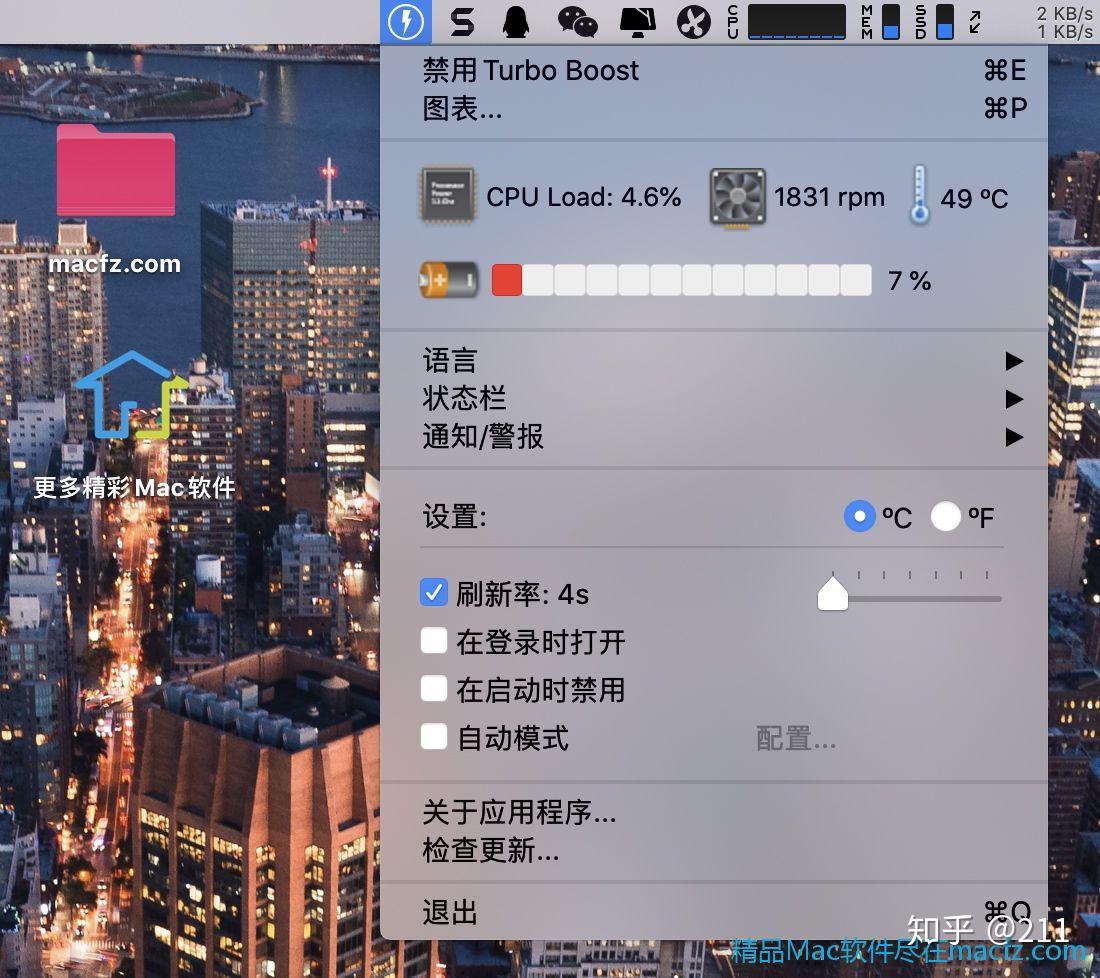
This document also discusses the BIOS settings that can be selected for various workload types on Cisco UCS M5 servers that use Intel Xeon Scalable processor family CPUs. Understanding the BIOS options will help you select appropriate values to achieve optimal system performance. This document does not discuss the BIOS options for specific firmware releases of Cisco UCS servers. The settings demonstrated here are generic.

The process of setting performance options in your system BIOS can be daunting and confusing, and some of the options you can choose are obscure. For most options, you must choose between optimizing a server for power savings or for performance. This document provides some general guidelines and suggestions to help you achieve optimal performance from your Cisco UCS blade and rack servers that use Intel Xeon Scalable processor family CPUs.
Turbo boost switcher wants to make changes how to#
This document focuses on two main scenarios: how to tune the BIOS for high performance and how to tune it for low latency. With the latest multiprocessor, multicore, and multithreading technologies in conjunction with current operating systems and applications, today's Cisco UCS servers based on the Intel Xeon Scalable processor deliver the highest levels of performance, as demonstrated by the numerous industry-standard benchmark publications from the Standard Performance Evaluation Corporation (SPEC), SAP, and the Transaction Processing Performance Council (TPC).Ĭisco UCS servers with standard settings already provide an optimal ratio of performance to energy efficiency. However, through BIOS settings you can further optimize the system with higher performance and less energy efficiency. Basically, this optimization operates all the components in the system at the maximum speed possible and prevents the energy-saving options from slowing down the system.


In general, optimization to achieve greater performance is associated with increased consumption of electrical power. This document explains how to configure the BIOS settings to achieve optimal computing performance. The BIOS offers a variety of options to reduce latency. In some cases, the corresponding application does not make efficient use of all the threads available in the hardware. To improve performance, you can disable threads that are not needed (hyperthreading) or even cores in the BIOS to reduce the small fluctuations in the performance of computing operations that especially occur in some High-Performance Computing (HPC) applications and analytical database applications.


 0 kommentar(er)
0 kommentar(er)
